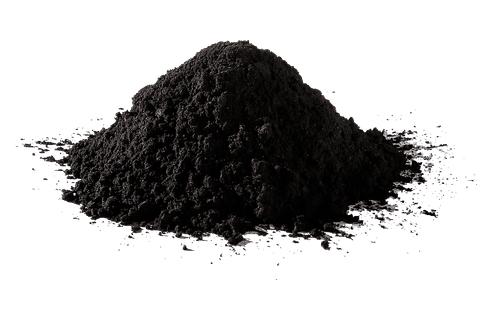Product Description
Uses:
Industrial:
One major industrial application involves use of activated carbon in metal finishing for purification of electroplating solutions. For example, it is the main purification technique for removing organic impurities from bright nickel plating solutions. A variety of organic chemicals are added to plating solutions for improving their deposit qualities and for enhancing properties like brightness, smoothness, ductility, etc. Due to passage of direct current and electrolytic reactions of anodic oxidation and cathodic reduction, organic additives generate unwanted breakdown products in solution. Their excessive build up can adversely affect plating quality and physical properties of deposited metal. Activated carbon treatment removes such impurities and restores plating performance to the desired level.
Activated carbon is an efficient and cost-effective solution for removing a wide range of contaminants from industrial and municipal wastewater, contaminated ground and groundwater.
The U.S. Environmental Protection Agency (EPA) considers adsorption by activated carbon to be the best available technology for the removal of many contaminants in surface water. Activated carbon aids in the removal of:
- Compounds that cause unwanted taste, odor or color
- Organic materials from decaying plants and other naturally-occurring contaminants
- Disinfection byproducts (DBPs) linked to chlorine and alternative disinfectants
- Algal toxins and cyanotoxins, such as microcystin-LR, cylindrospermopsin and anatoxin-A
- Endocrine-disrupting compounds that can adversely affect hormonal systems
- Pharmaceutical and personal care products (PPCPs) contamination
- PFOS/PFOA
- Pesticides
- Heavy metals






